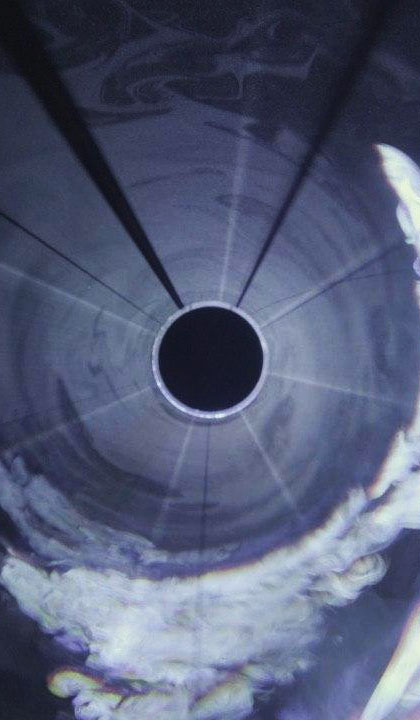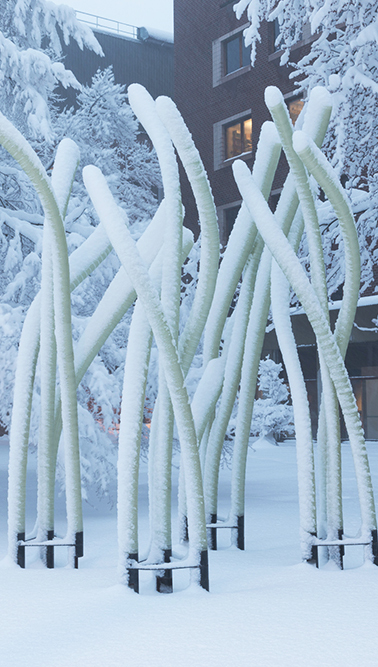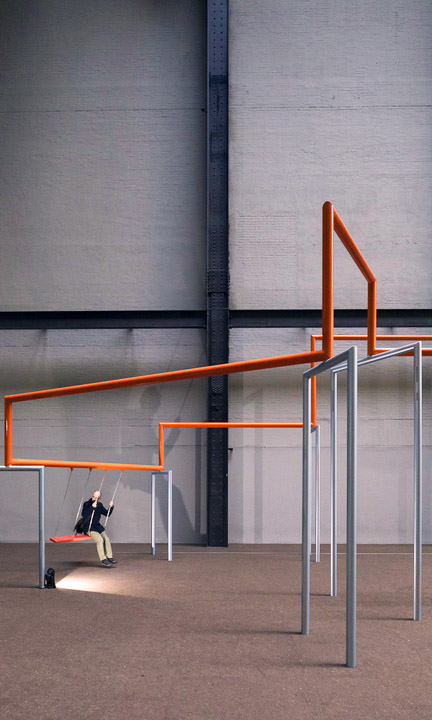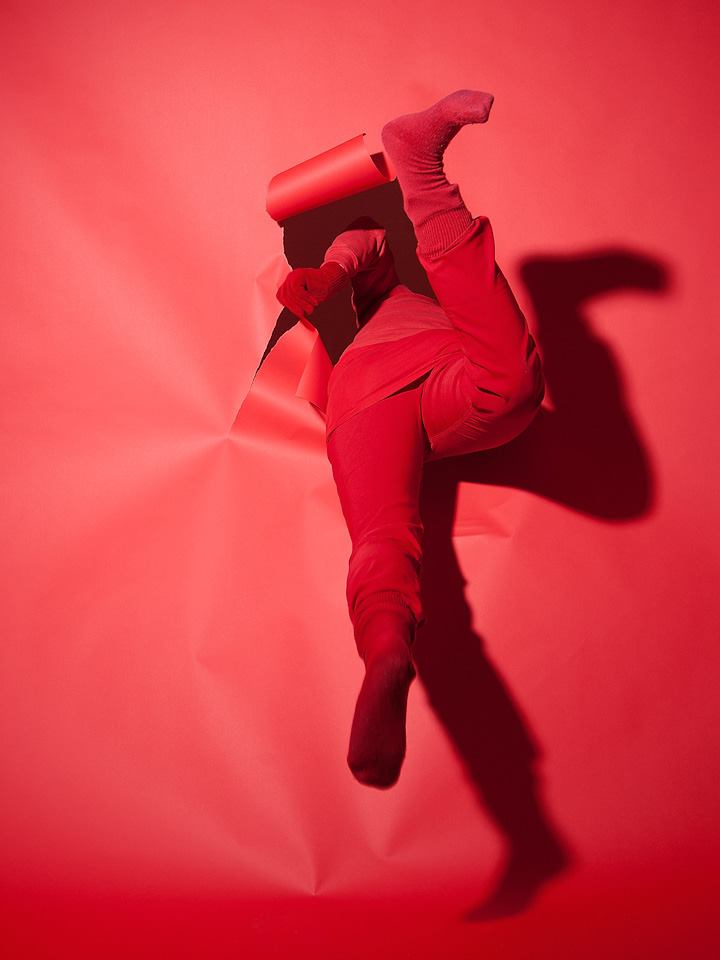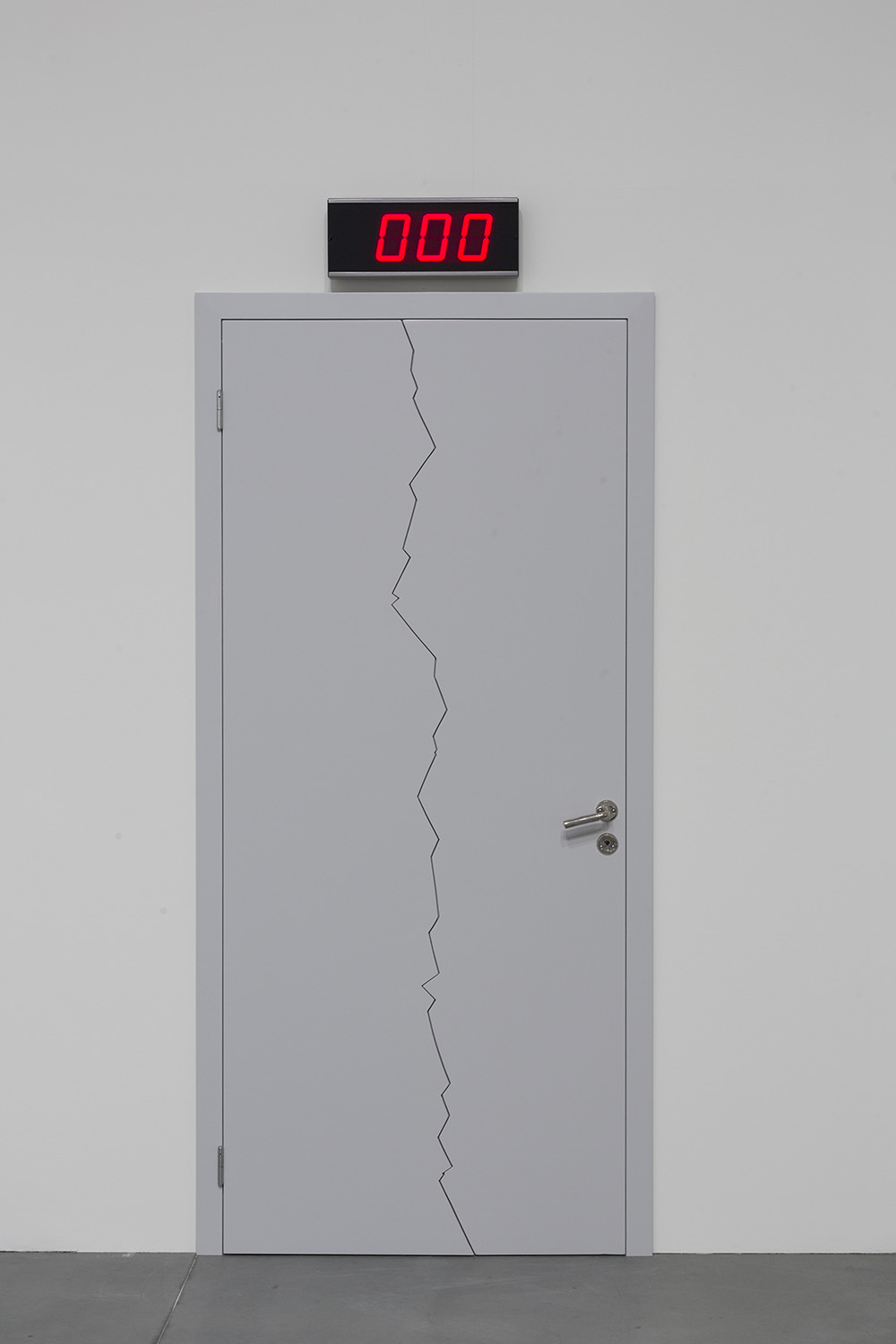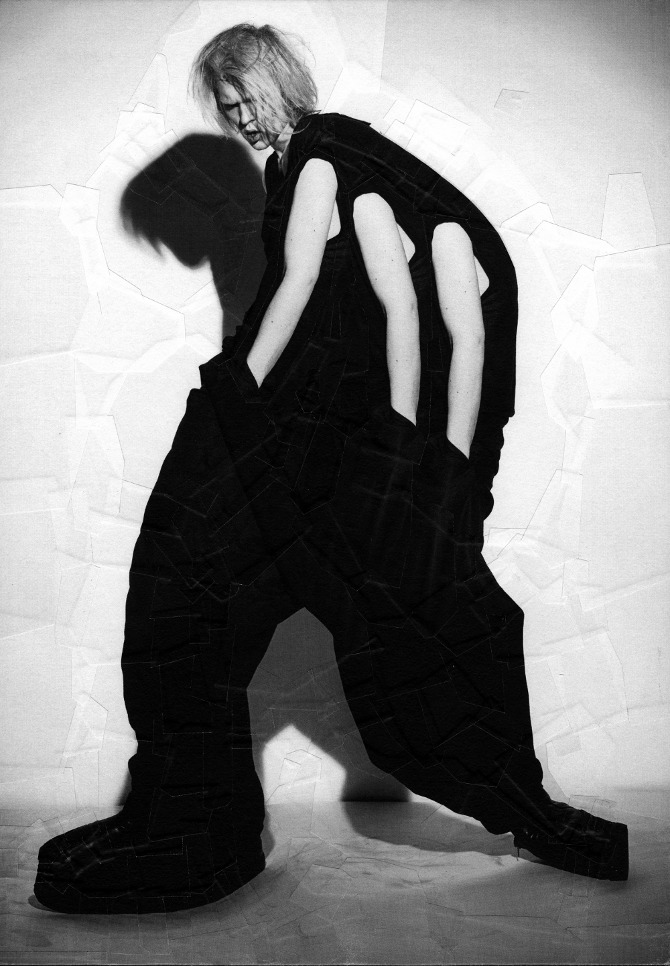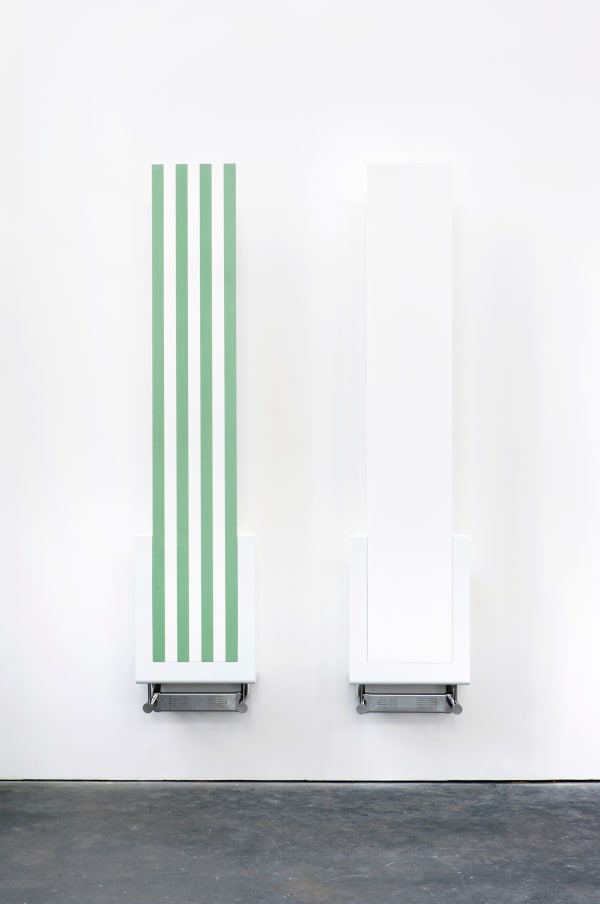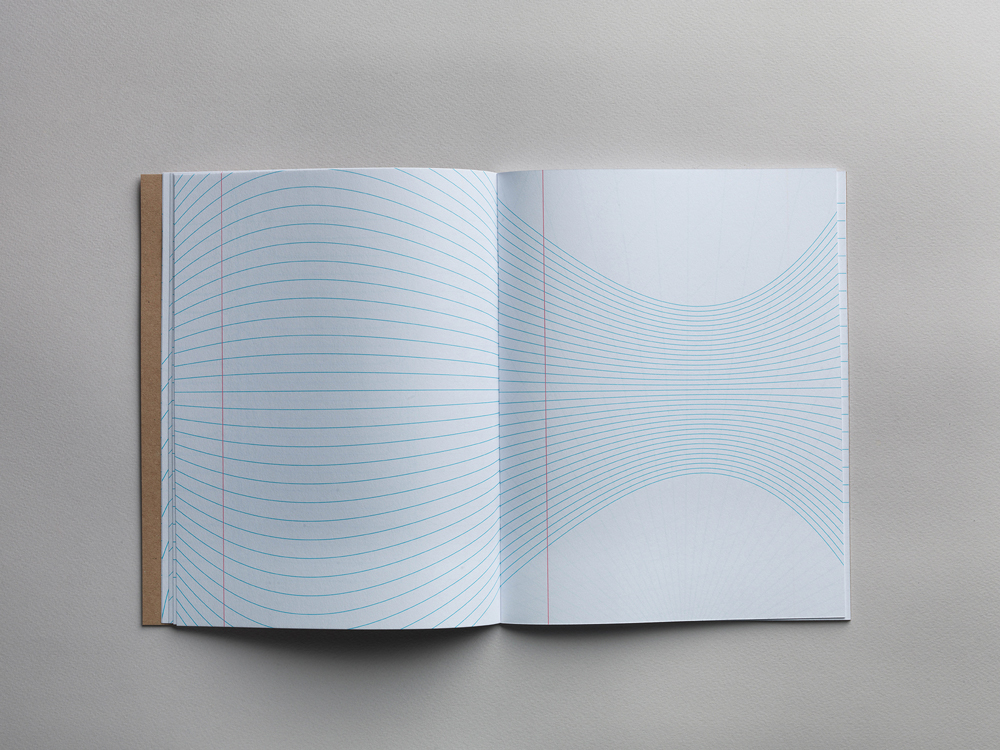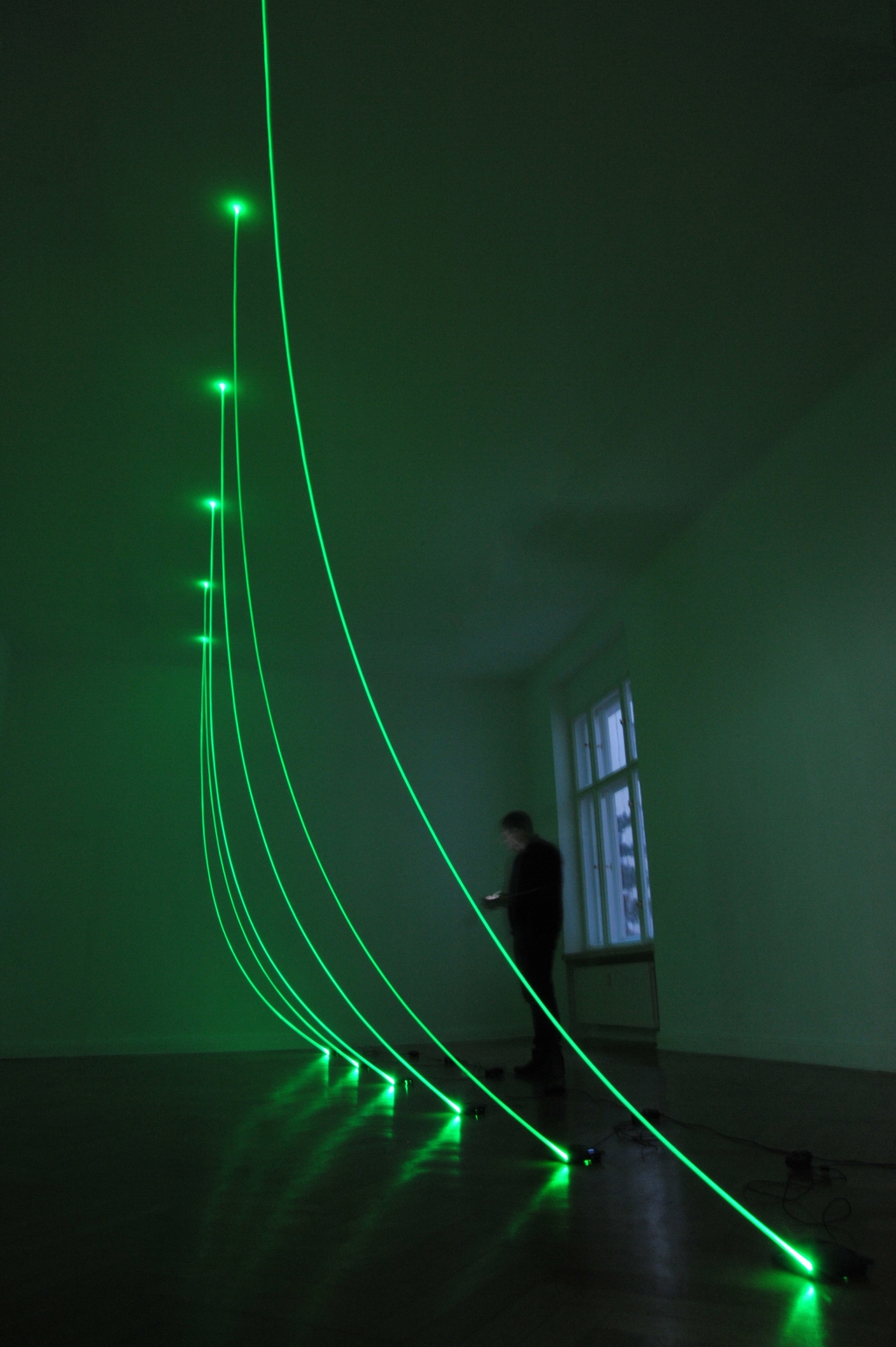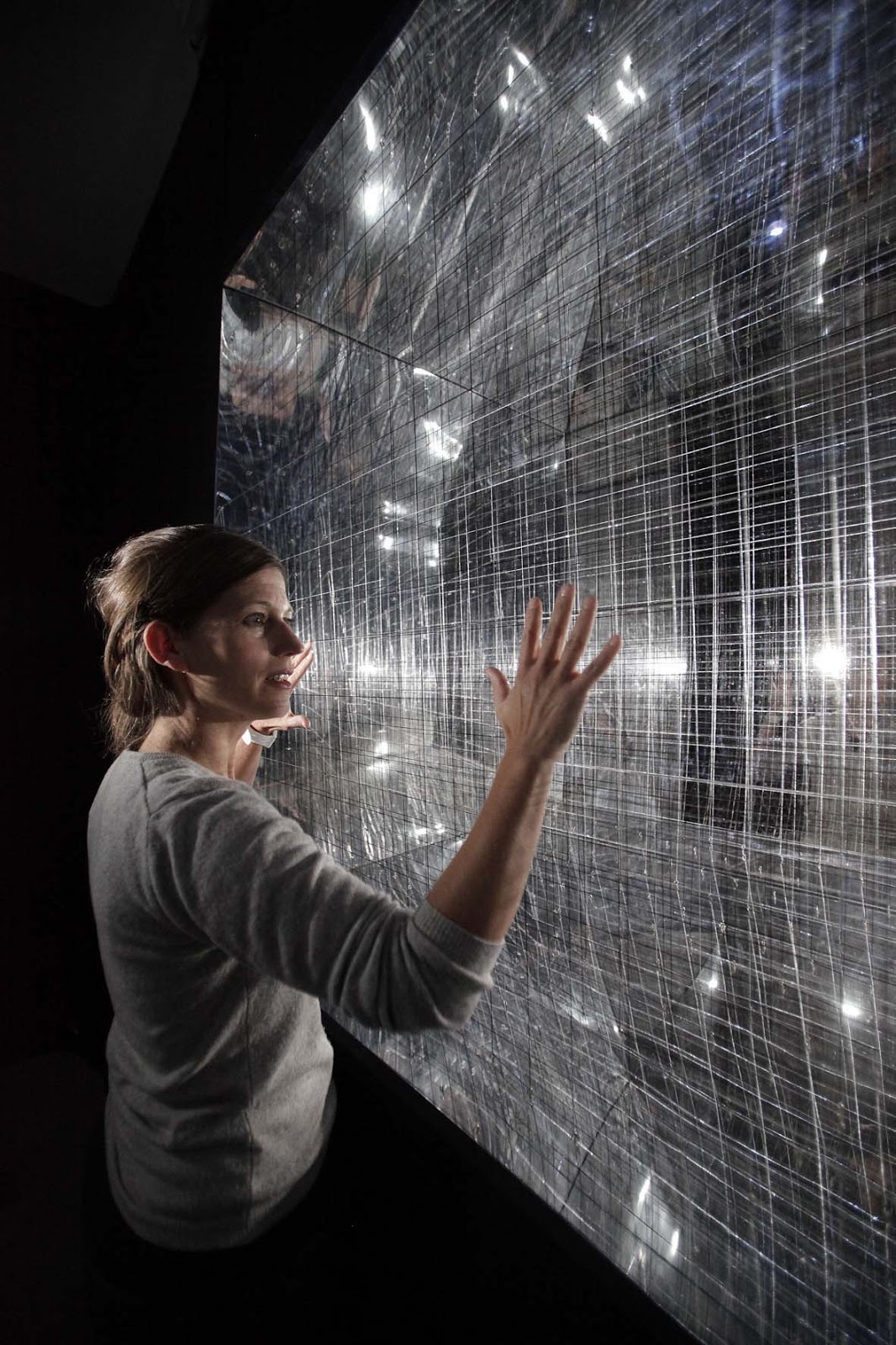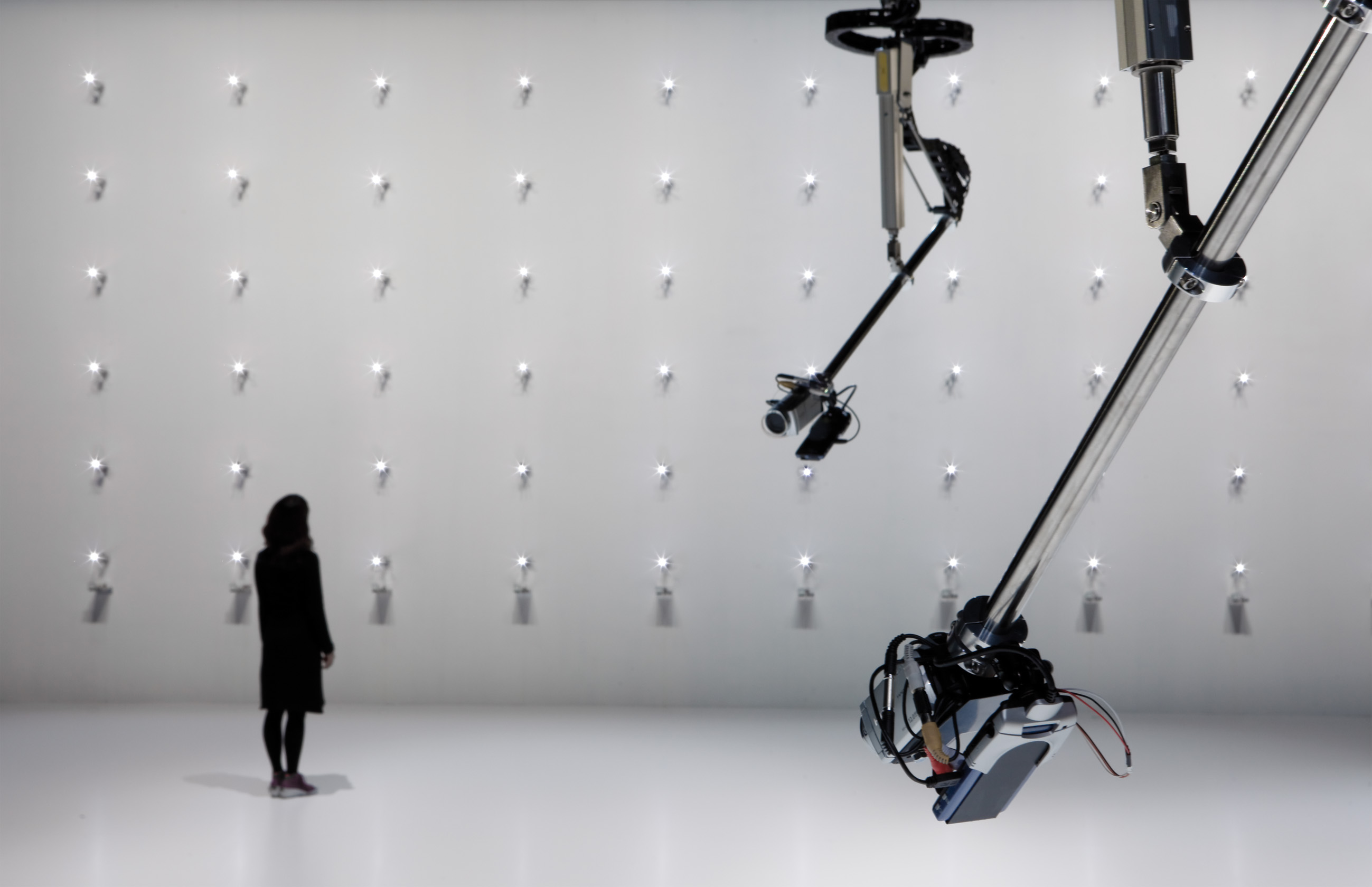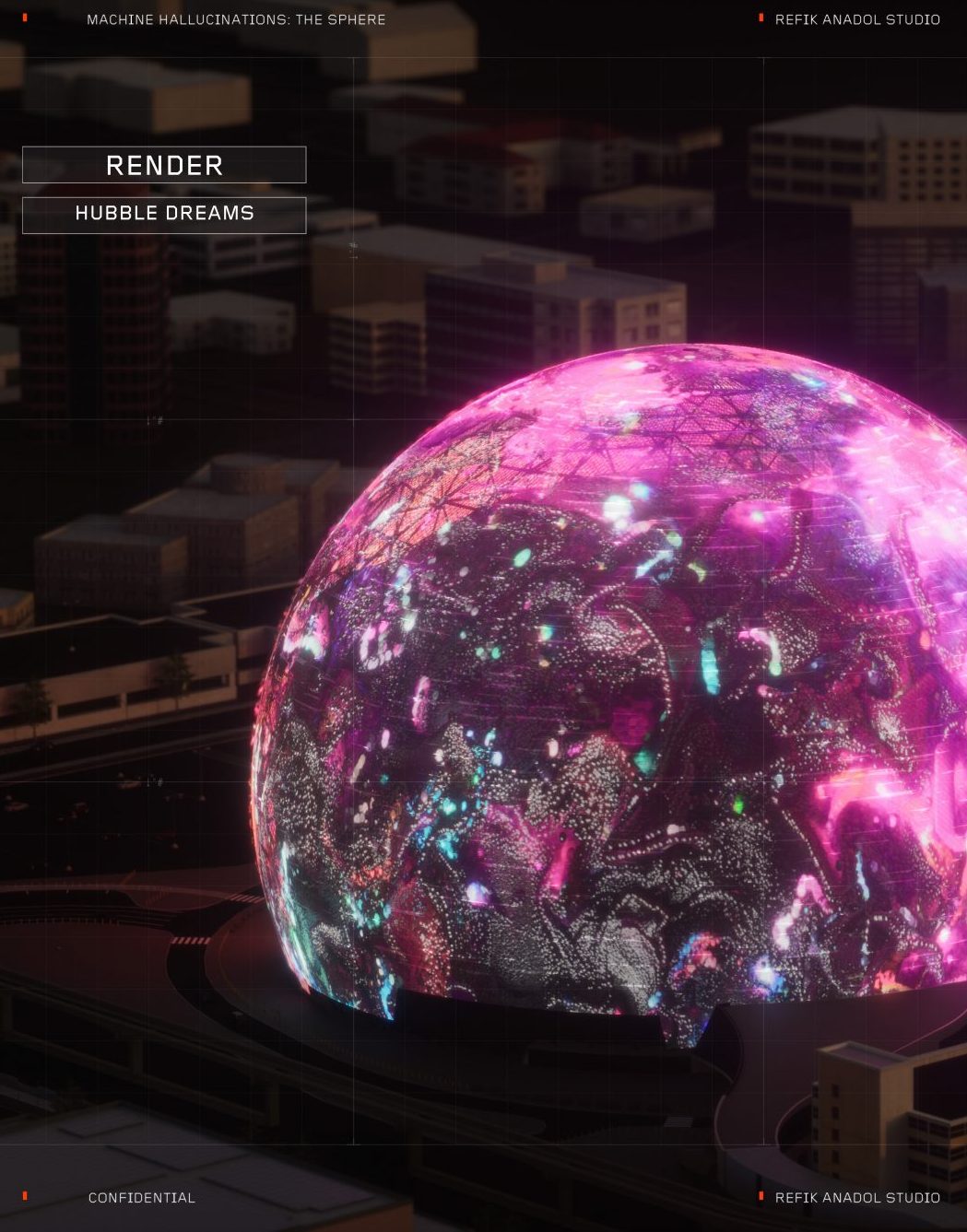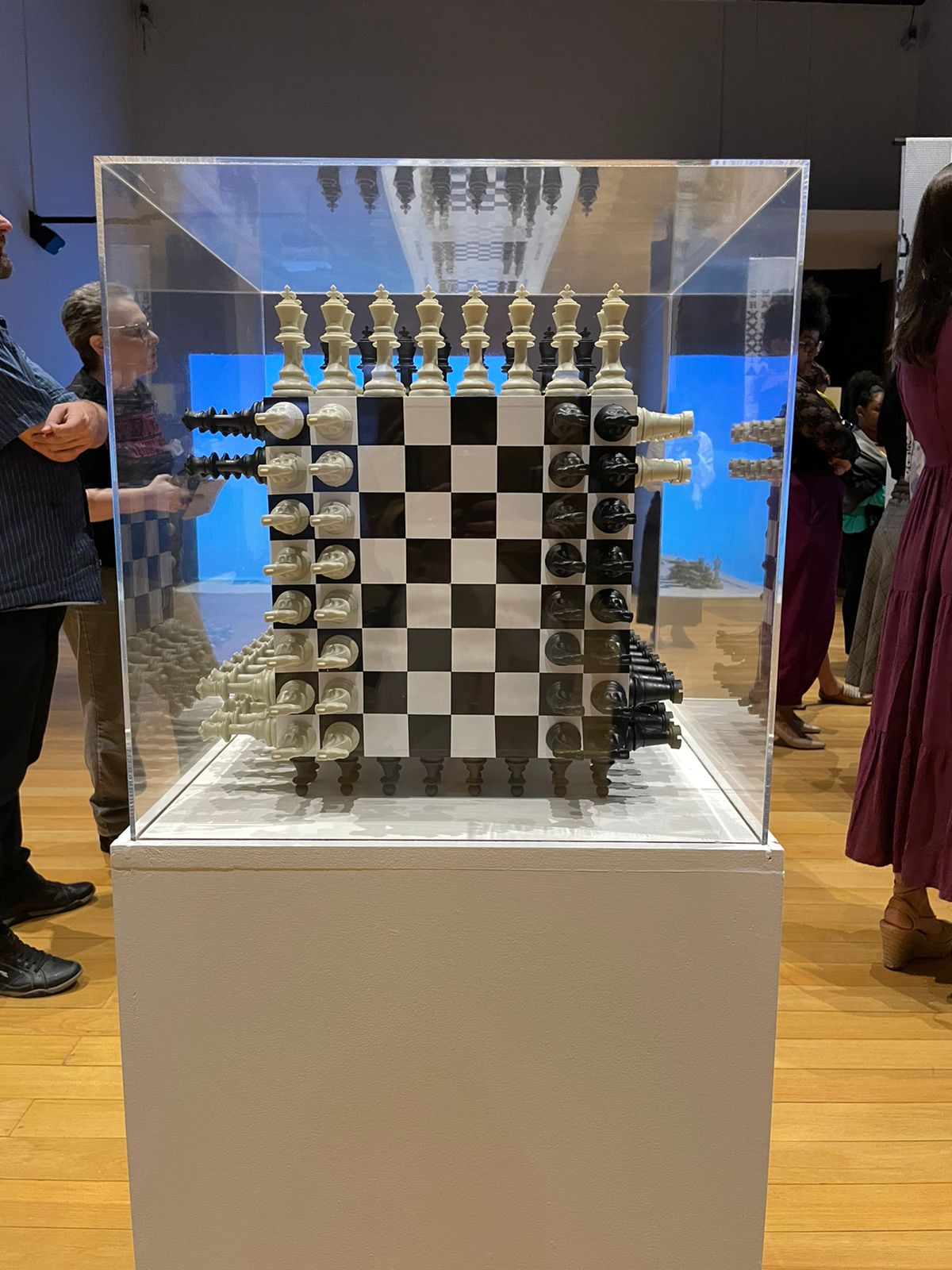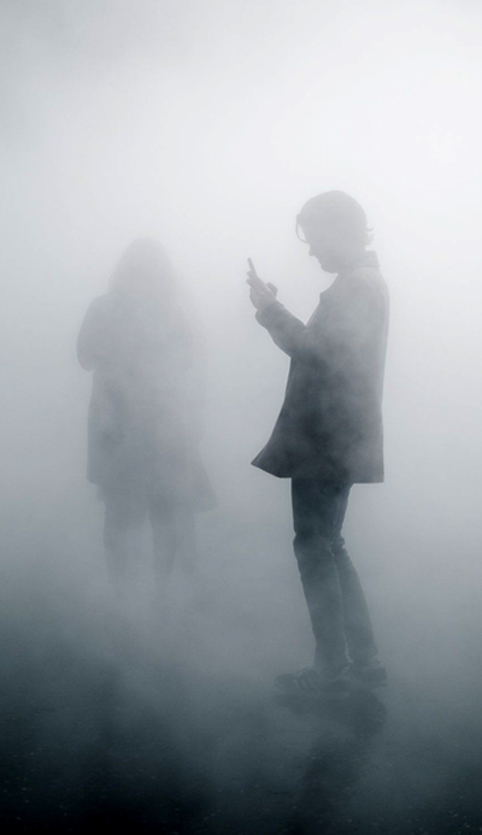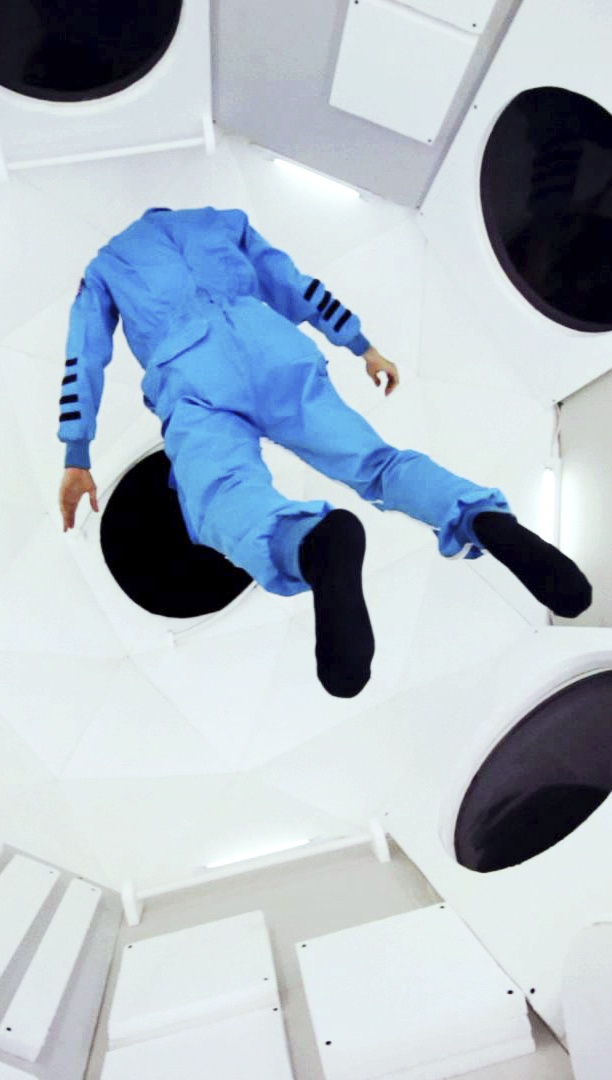A giant rail construction with an organically spiral-shaped spatial structure is put up in the exhibition space. Rolling on that rail are countless balls with built-in full-color LEDs and communication devices. From terminals set up inside the venue, visitors can send commands to the balls to control the timing and coloration of their blinking, and thereby draw three-dimensional afterimage in the air. Through the fusion of a minutely designed rail construction and communication control technology, an unprecedented form of spatial expression was realized in the form of a flexible “light structure“.

SETUP
COIL
The COIL installation is a space for reflection and a feeling of connection between people. COIL resembles a teleport and with this meaning it carries the phenomenon of teleportation. It is something impossible, but the consequences of escaping into it are instantaneous movement and farewell to eternal time. Any venue with art or raves is already an attempt to escape. So COIL pulls the viewer out of chronos and opens access to the eternal.
